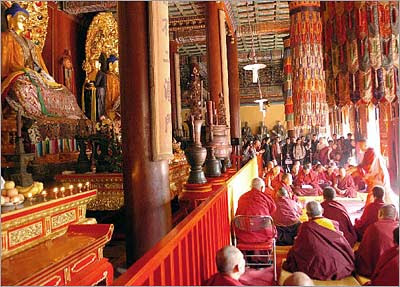- All about ancient china & ancient china information
- Ancient china timeline for kids & ancient china technology
- Ancient china architecture & life in ancient china
- Ancient china social structure & ancient china lesson plans
- All about ancient china & ancient china information
- Ancient china artifacts & women in ancient china
Naked Australian Girls image
10 years ago


























